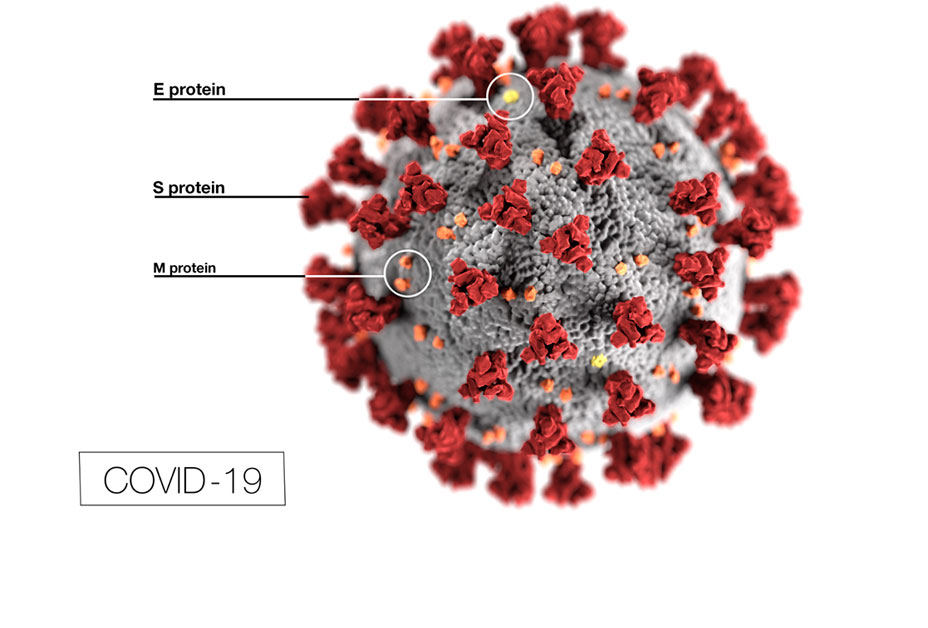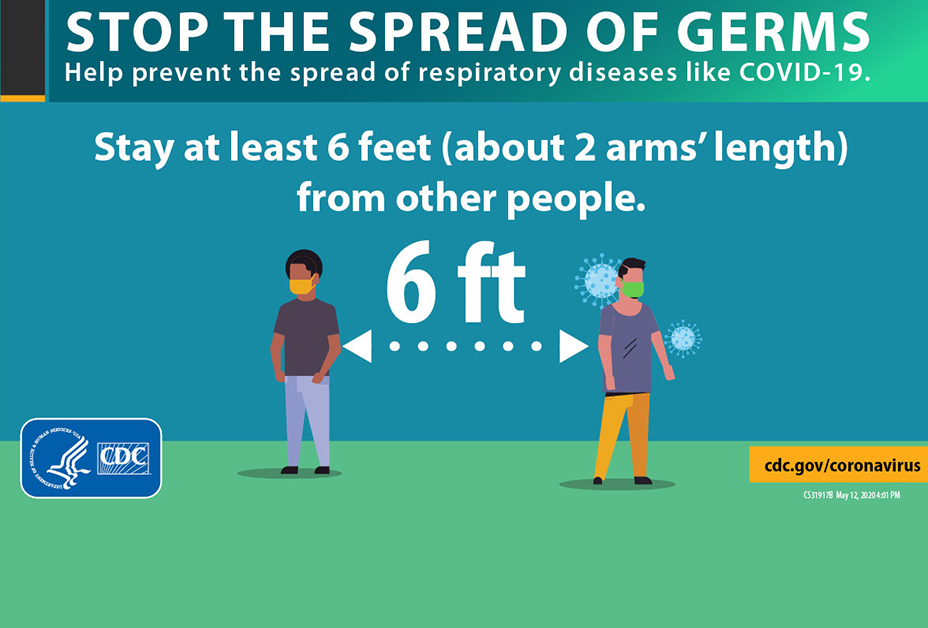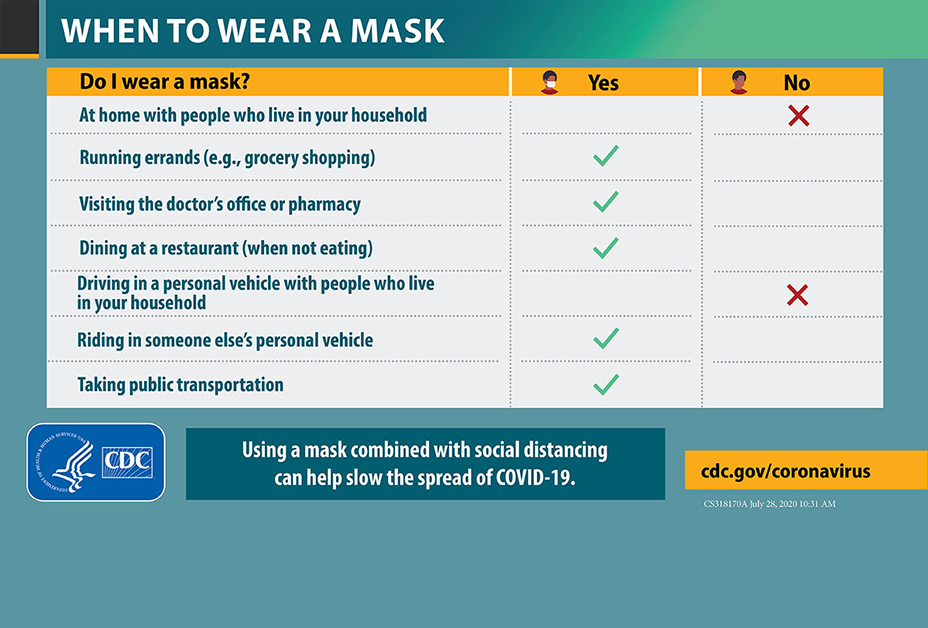Coronavirus Disease 2019 (COVID-19)
KOH-vid nineteen

COVID-19 is a respiratory disease caused by SARS-CoV-2, a new coronavirus discovered in 2019. The virus is thought to spread mainly from person to person through respiratory droplets produced when an infected person coughs, sneezes, or talks. Some people who are infected may not have symptoms. For people who have symptoms, illness can range from mild to severe. Adults 65 years and older and people of any age with underlying medical conditions are at higher risk for severe illness.
Quiz
Key Facts
- The virus that causes COVID-19 can spread through respiratory droplets when an infected person coughs, sneezes, or talks.
- Symptoms may appear 2-14 days after someone is exposed to the virus and can include fever, chills, and cough.
- Some people who are infected may not have symptoms, which is why everyone should take everyday preventive actions.
- Anyone can have severe illness from COVID-19, especially older adults and people of any age with underlying conditions.
- If you test positive or negative for any COVID-19 test, you still should take steps to protect yourself and others.
Media
Videos
Prevention Tips
- Wash your hands with soap and water for at least 20 seconds. If soap and water are not available, use a hand sanitizer that contains at least 60% alcohol.
- Avoid close contact with people outside your home. Stay at least 6 feet (about 2 arms’ length) from others.
- Wear a mask in public, even if you don’t feel sick. The make cover will help protect others in case you are infected.
- Cover your coughs and sneezes with a tissue or the inside of your elbow. Throw used tissues in the trash and then wash your hands with soap and water for at least 20 seconds.
- Clean and disinfect frequently touched surfaces daily. This includes tables, doorknobs, light switches, countertops, handles, desks, phones, keyboards, toilets, faucets, and sinks.
- Stay home if you have symptoms such as fever, cough, shortness of breath.
- Seek emergency medical care if you develop severe symptoms, such as trouble breathing, chest pain, new confusion, inability to wake or stay awake, or bluish lips or face.
Page last reviewed: January 4, 2021
Content source: Centers for Disease Control and Prevention


